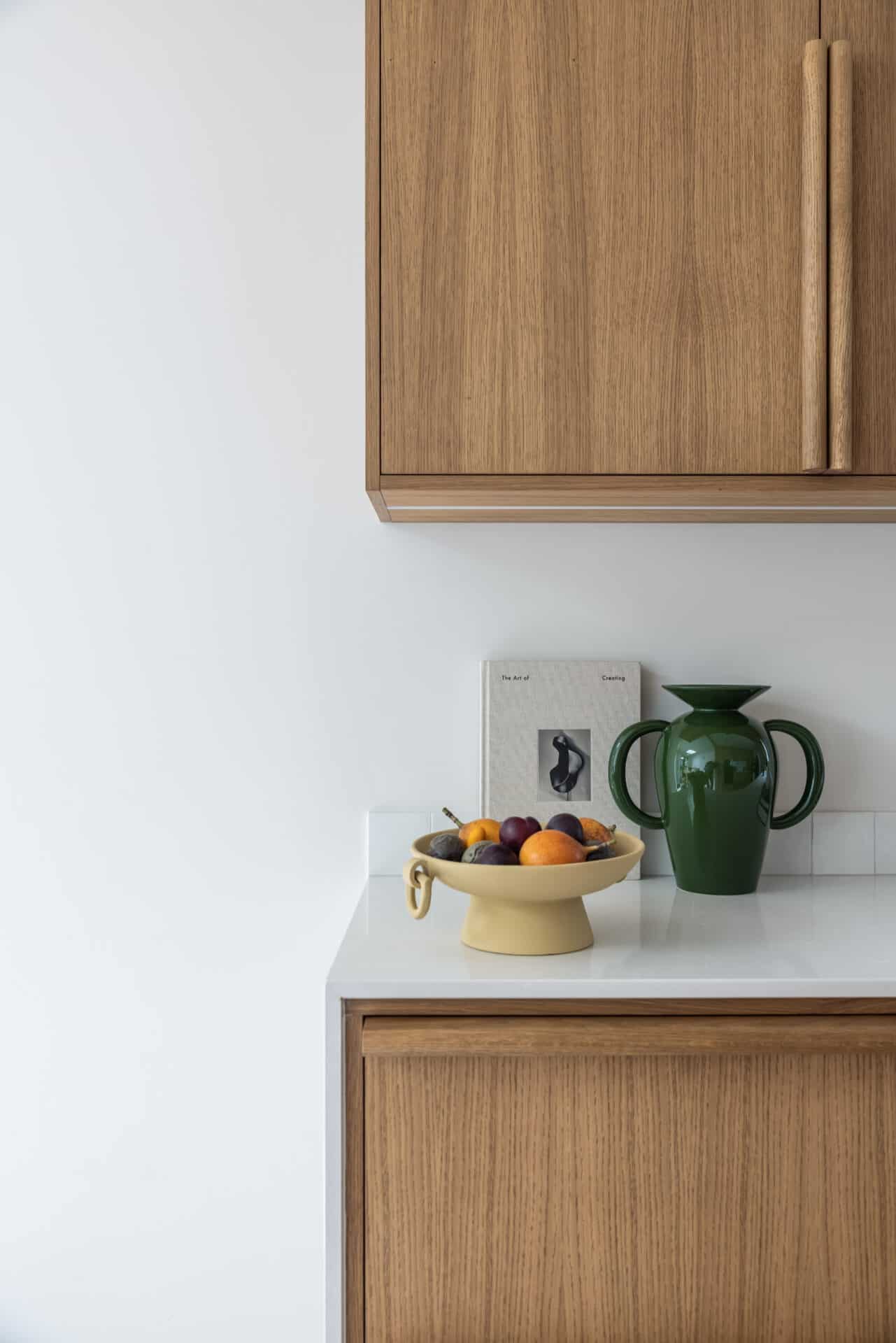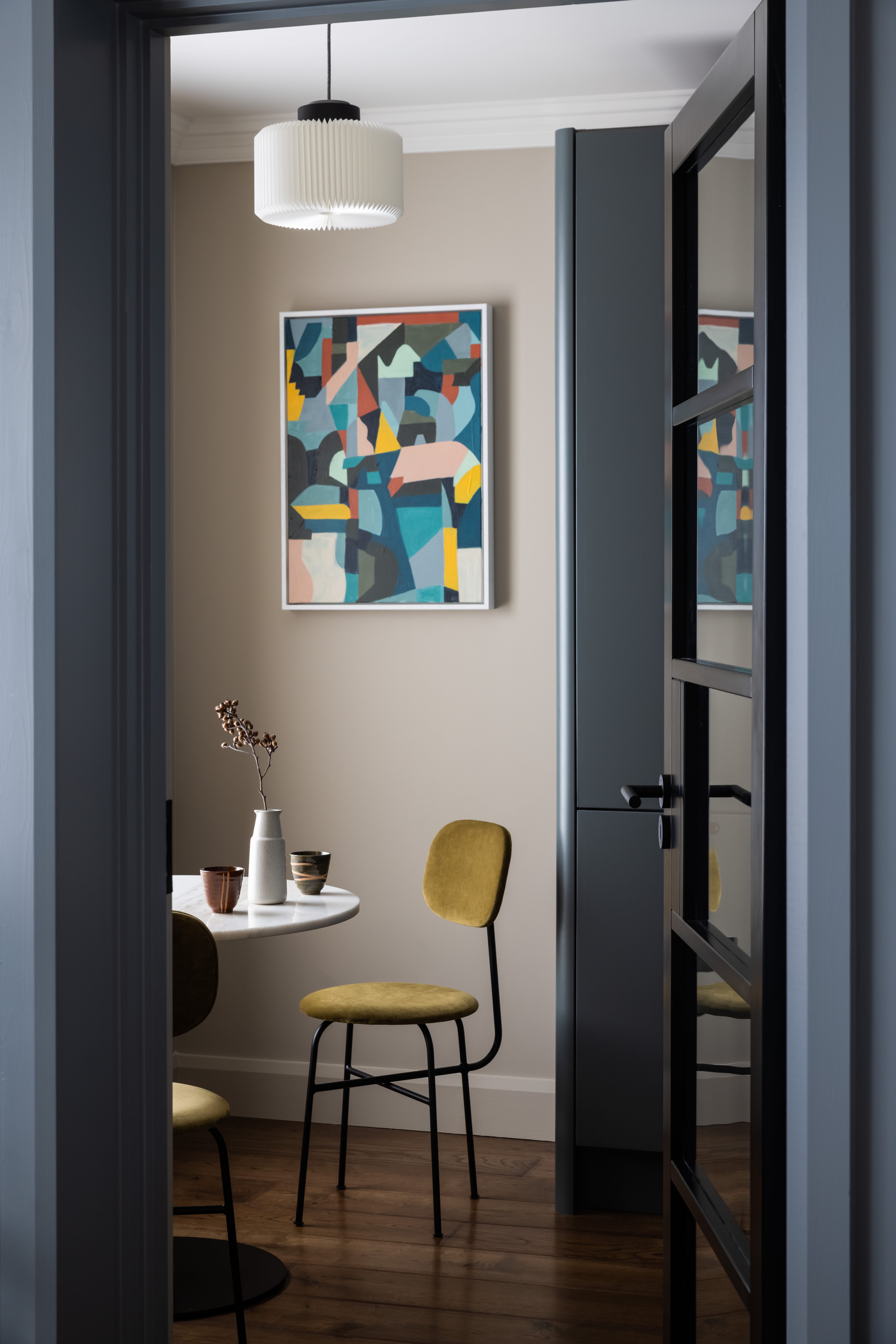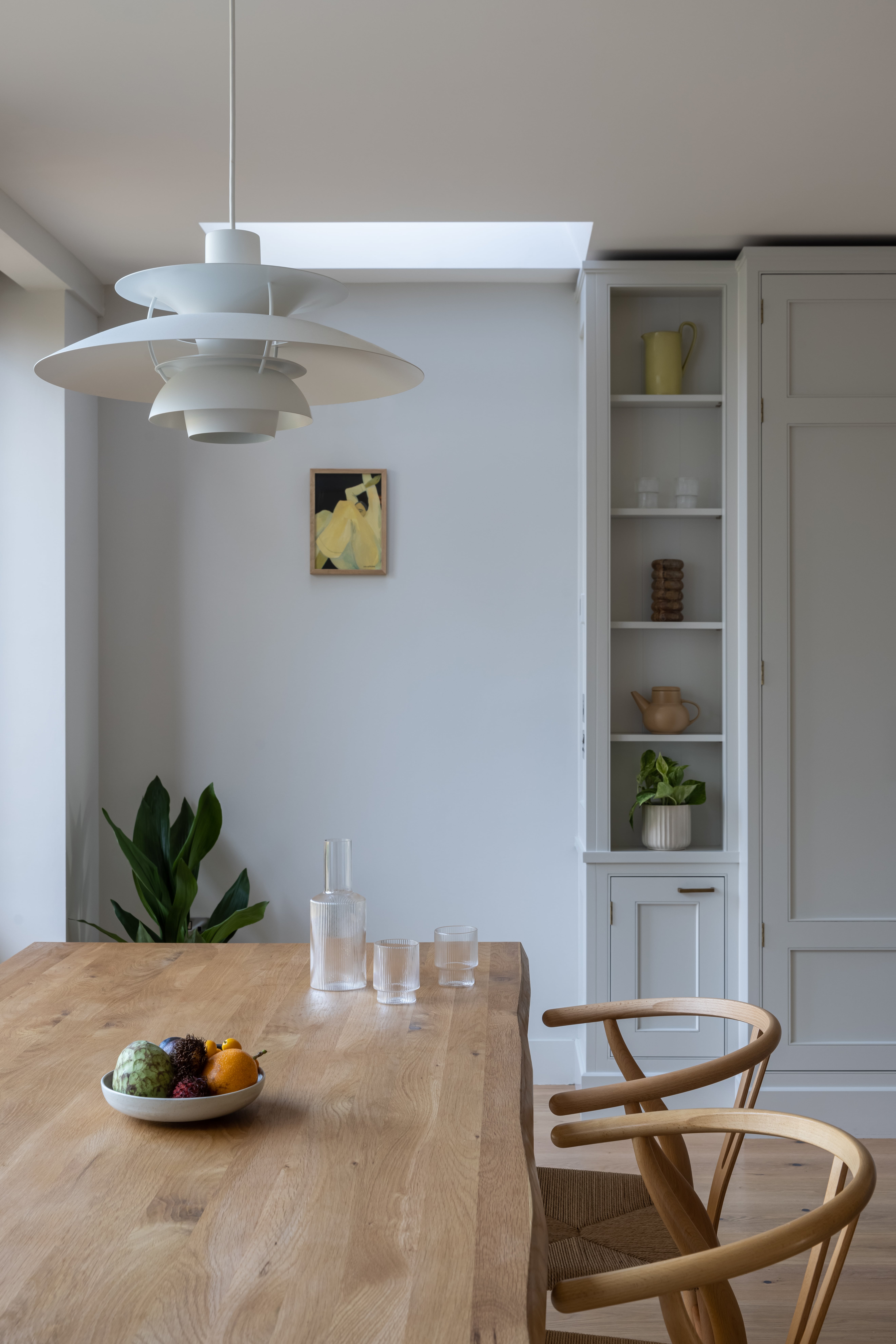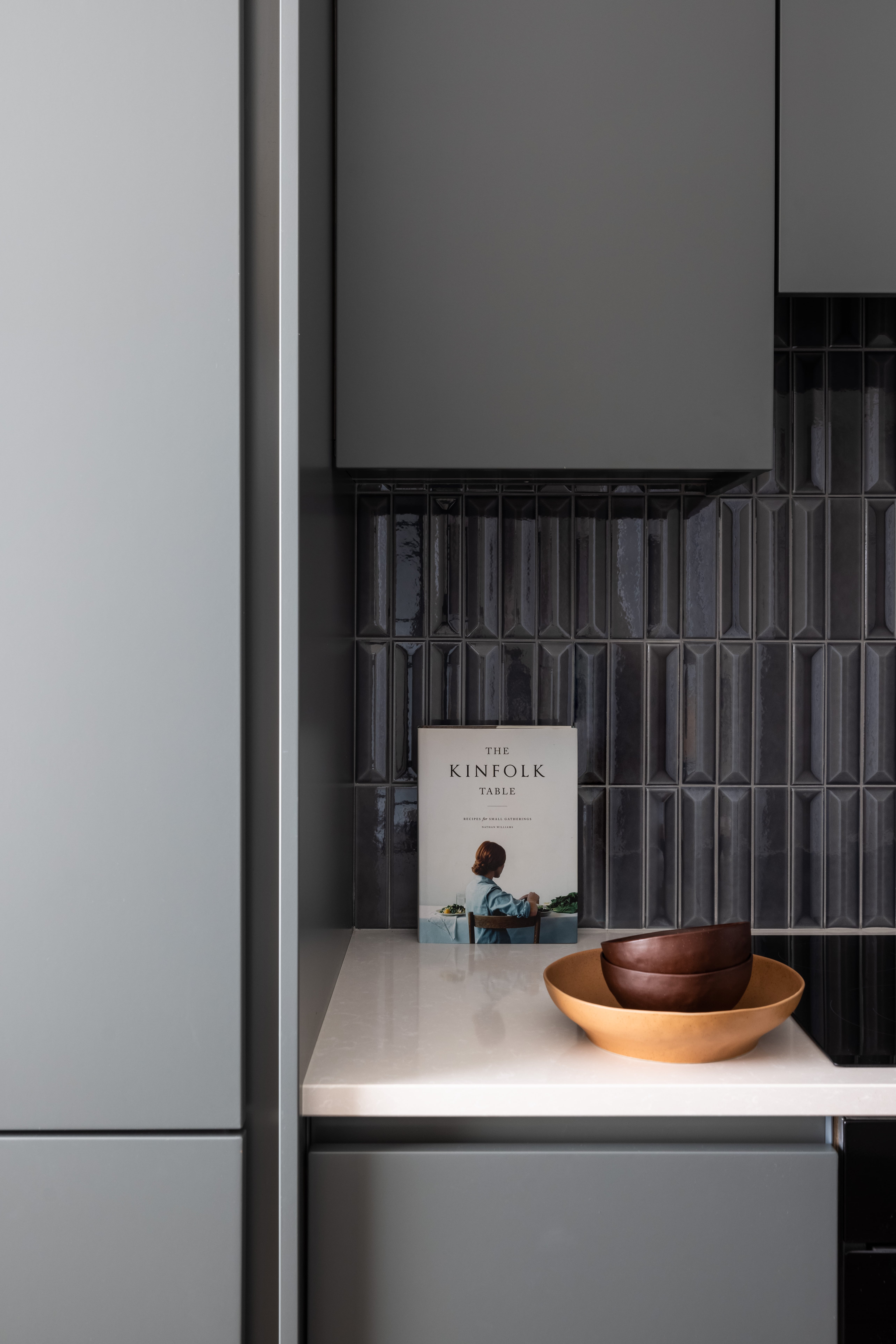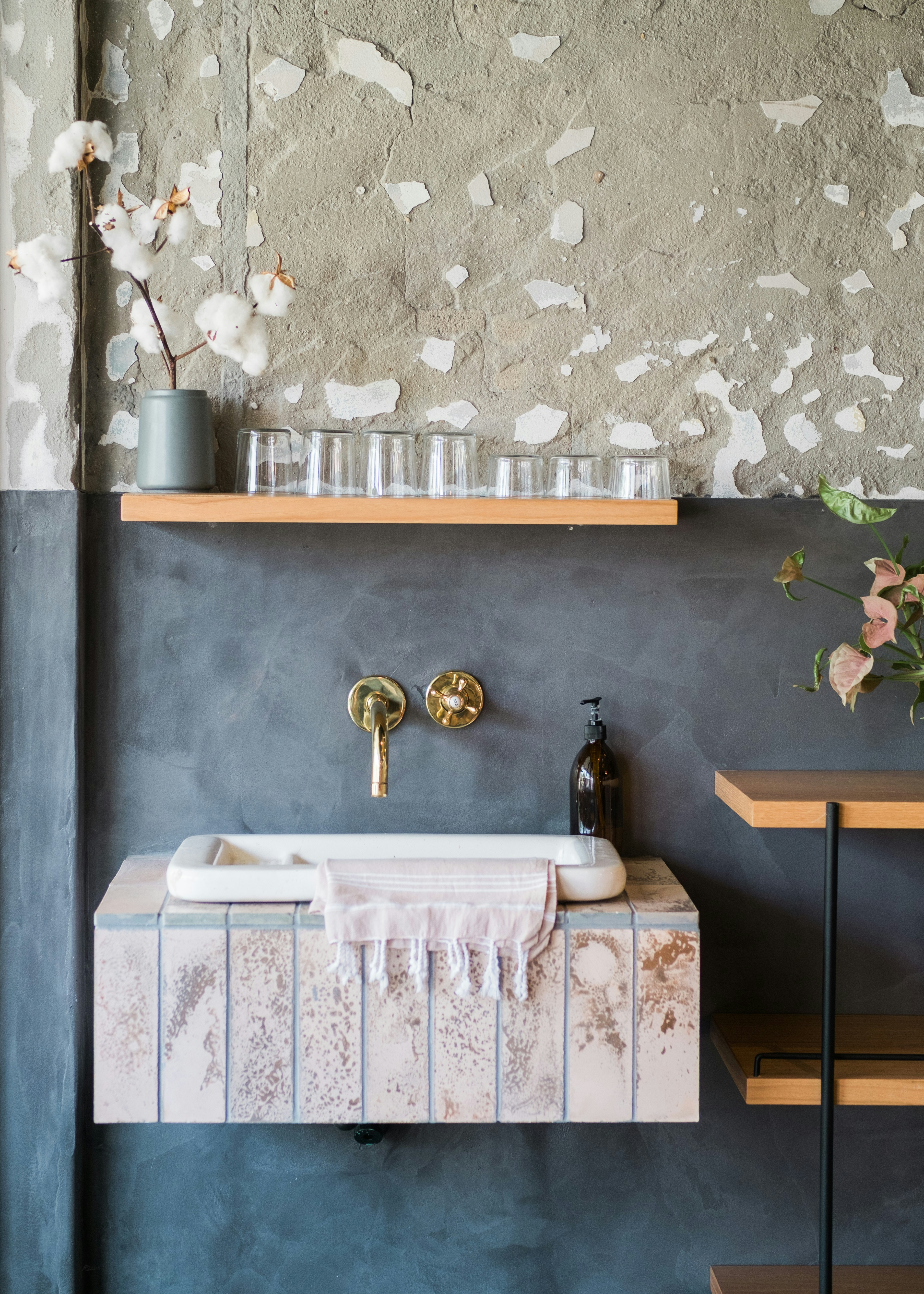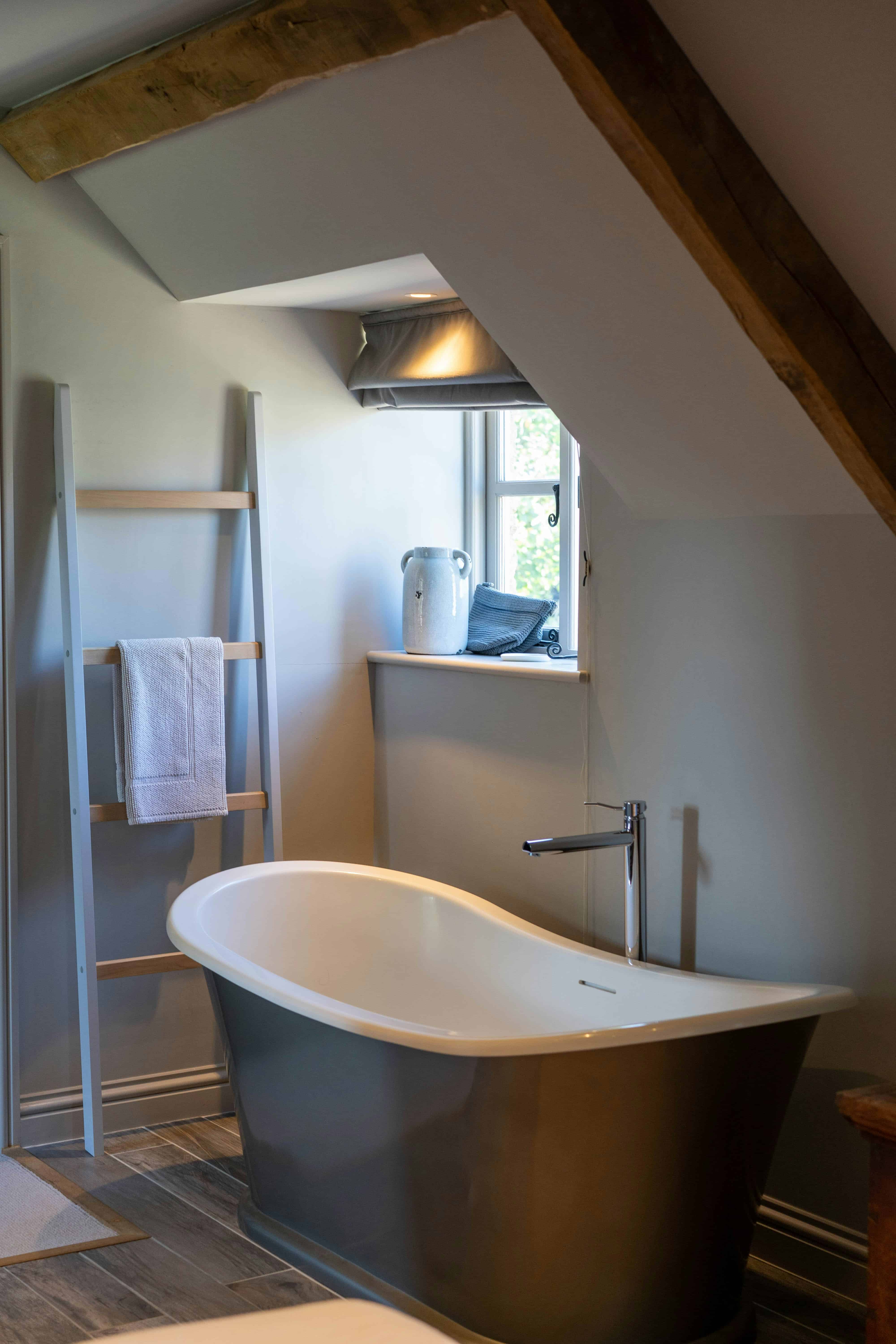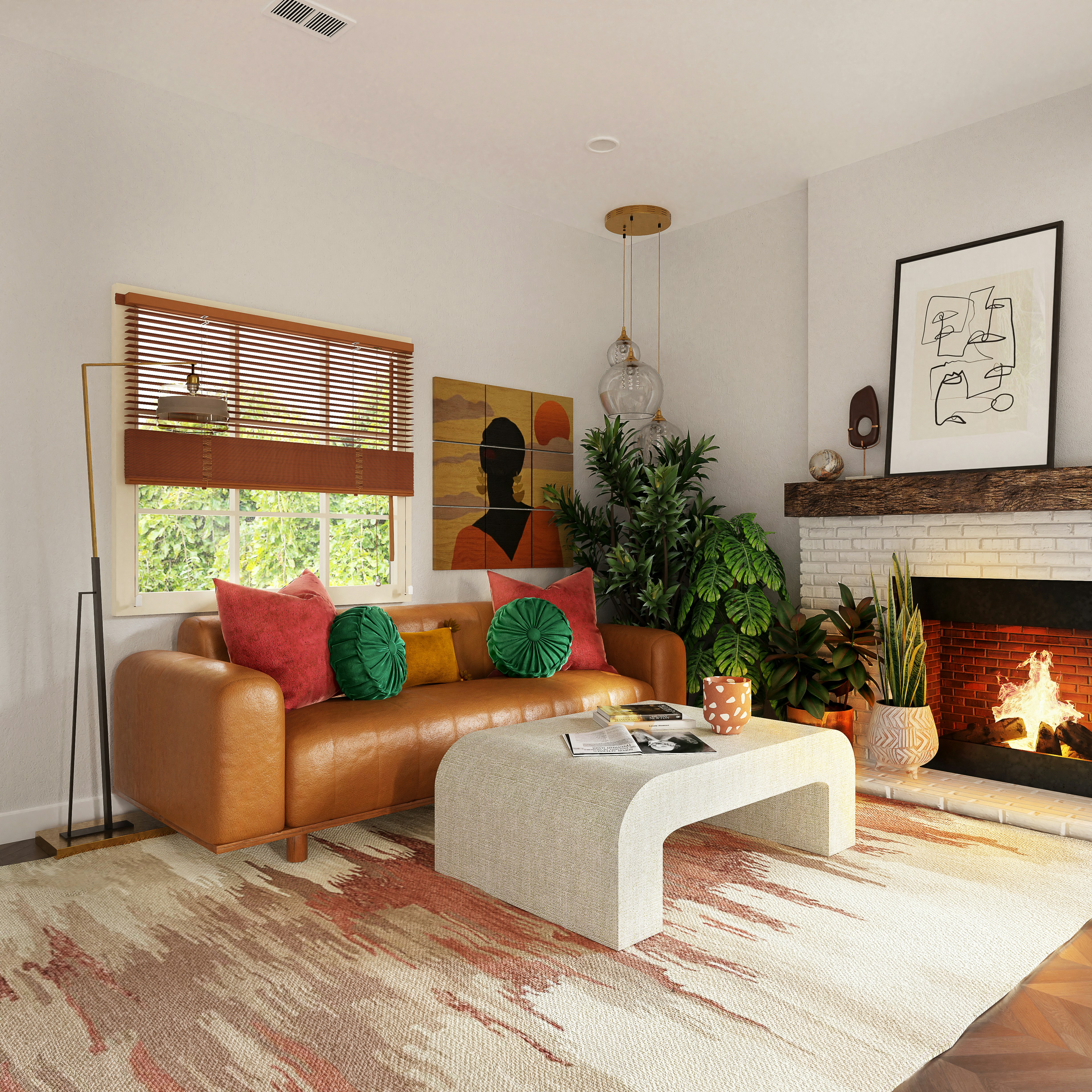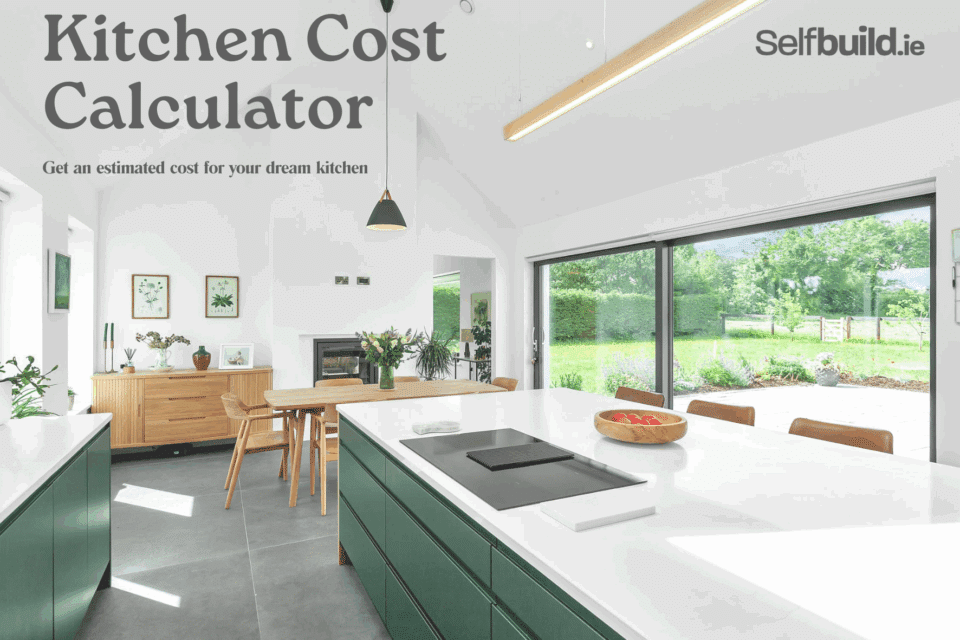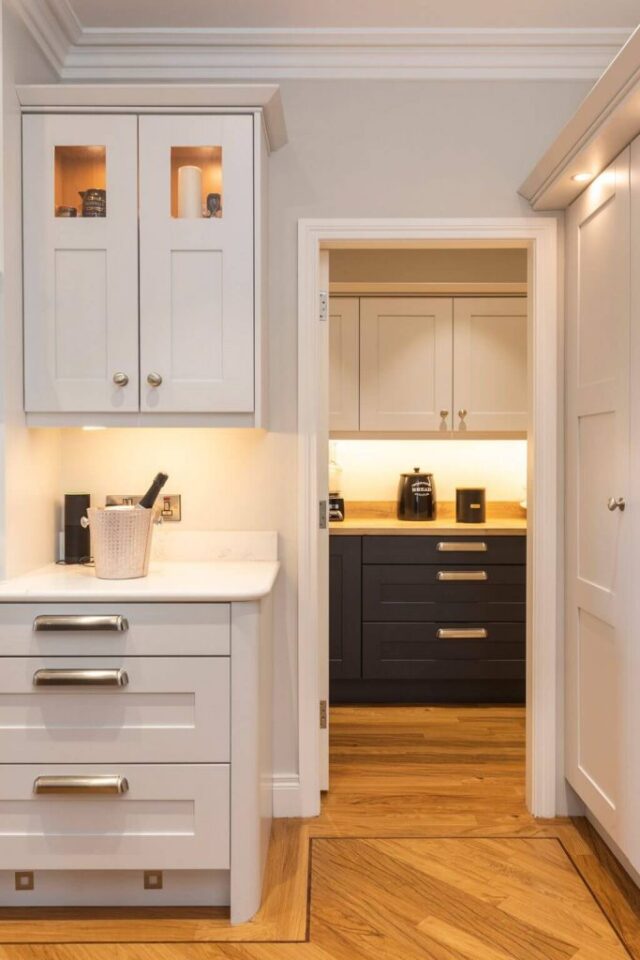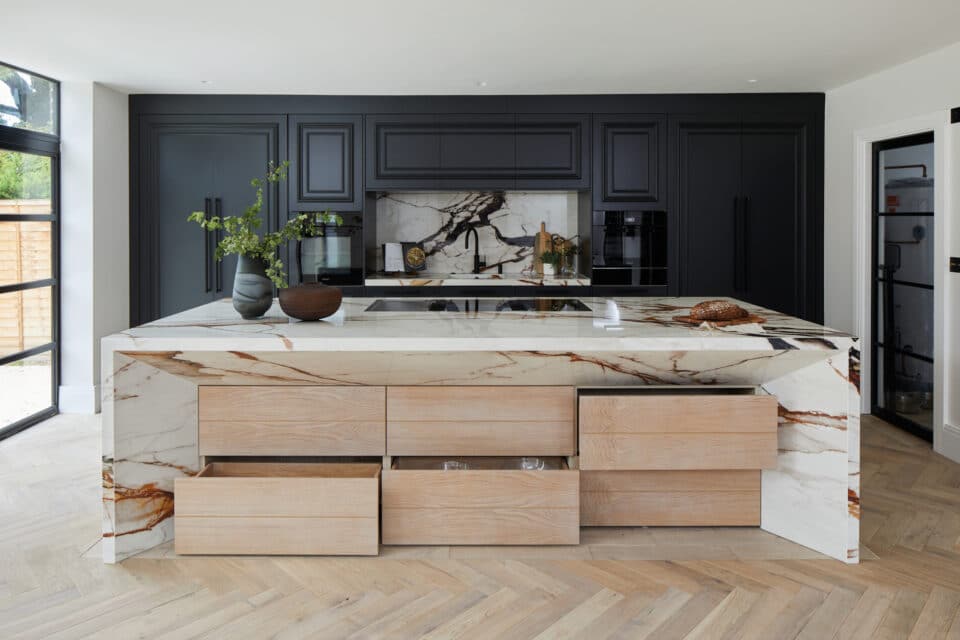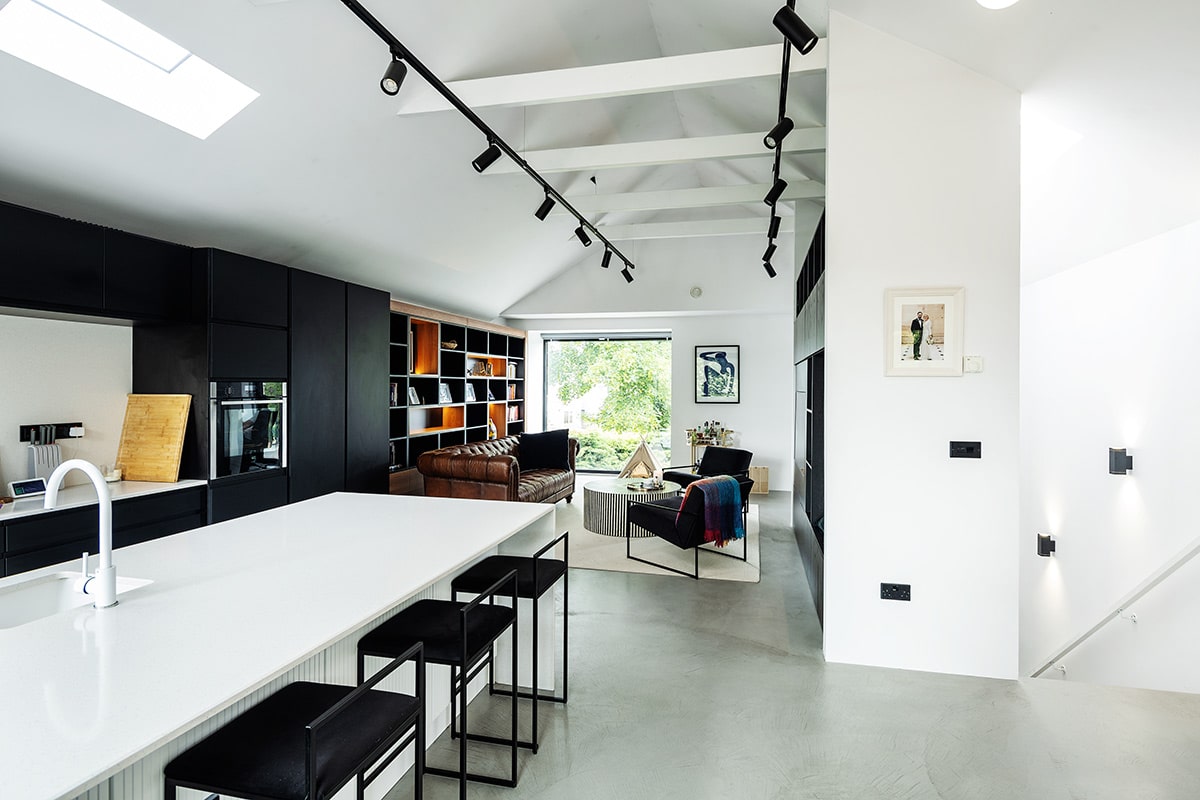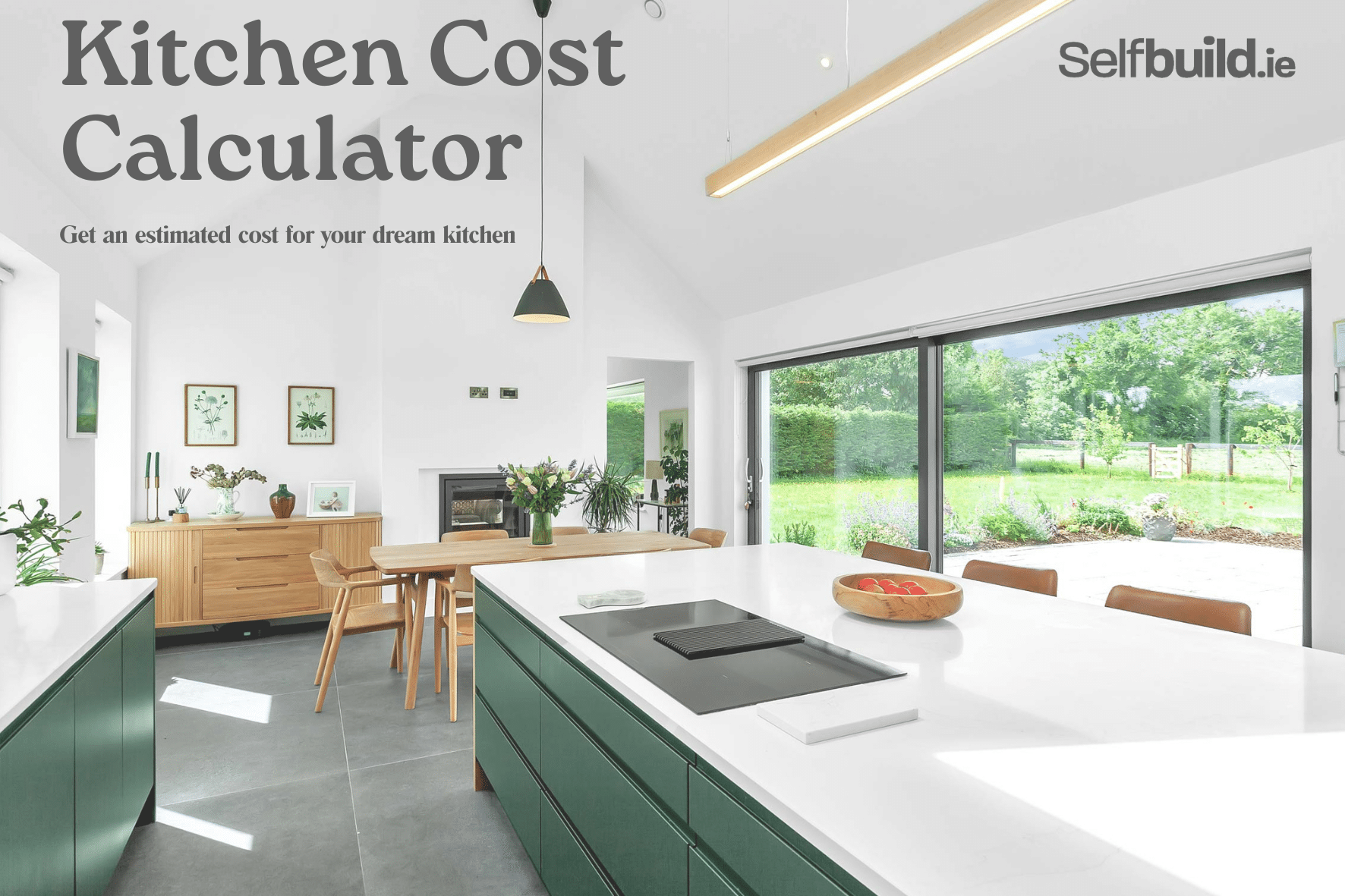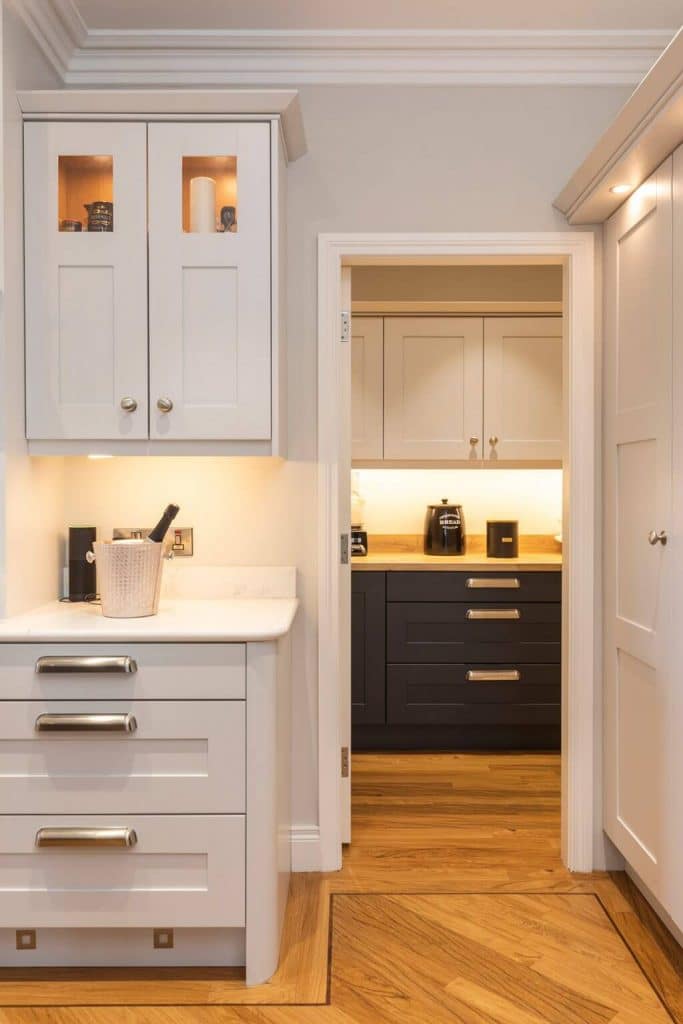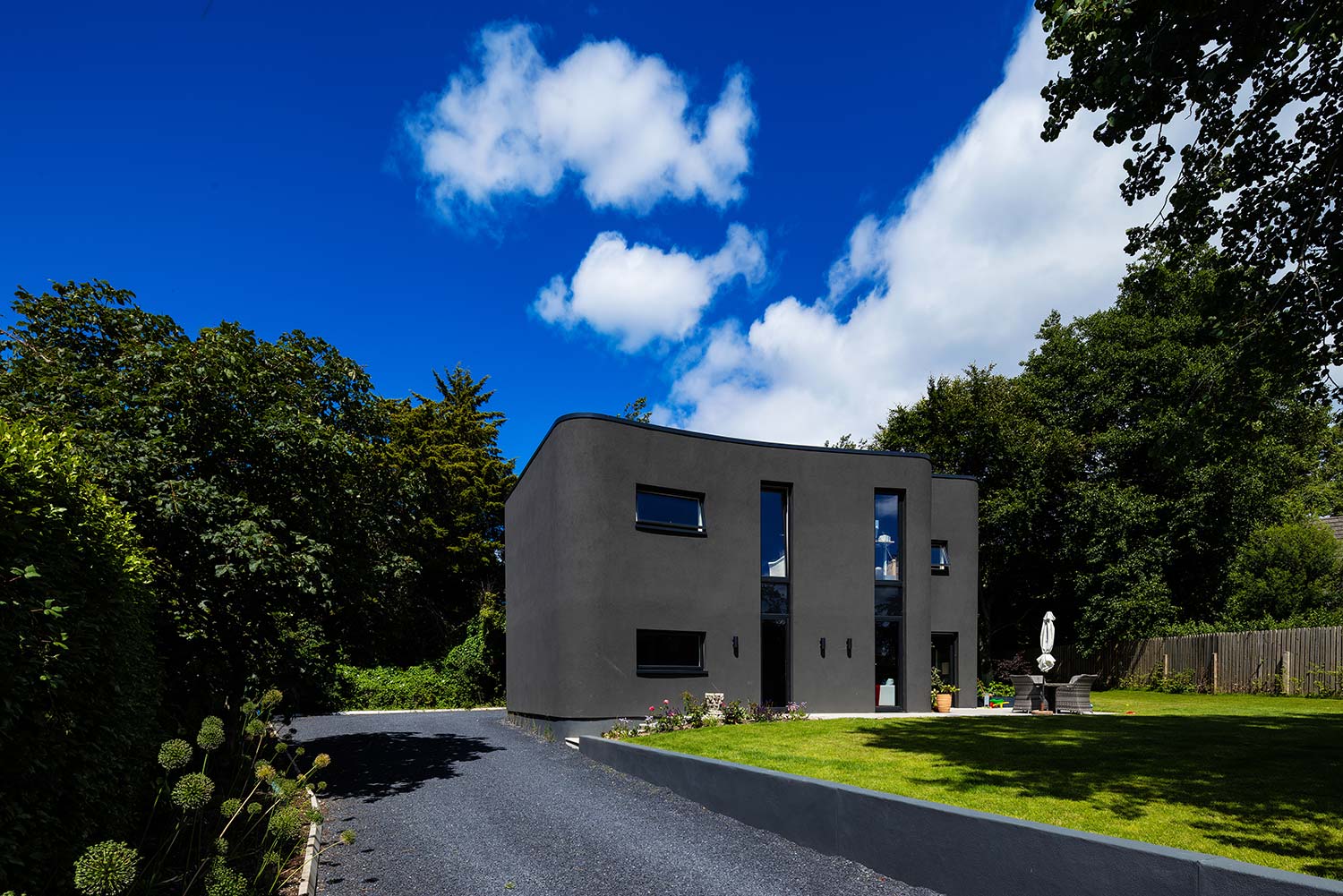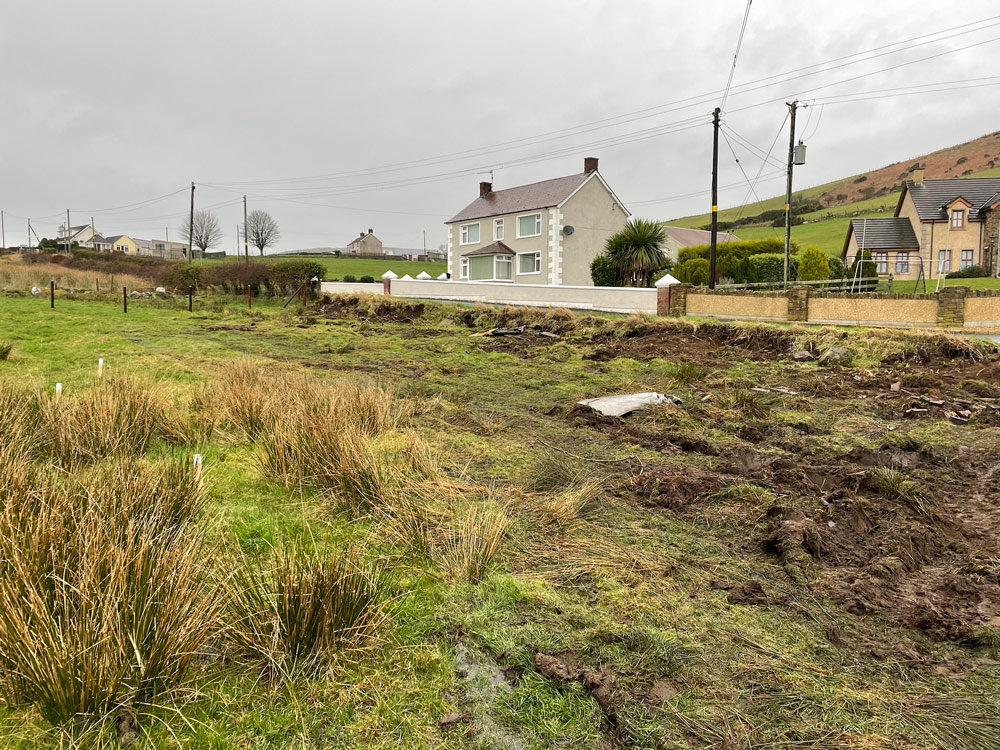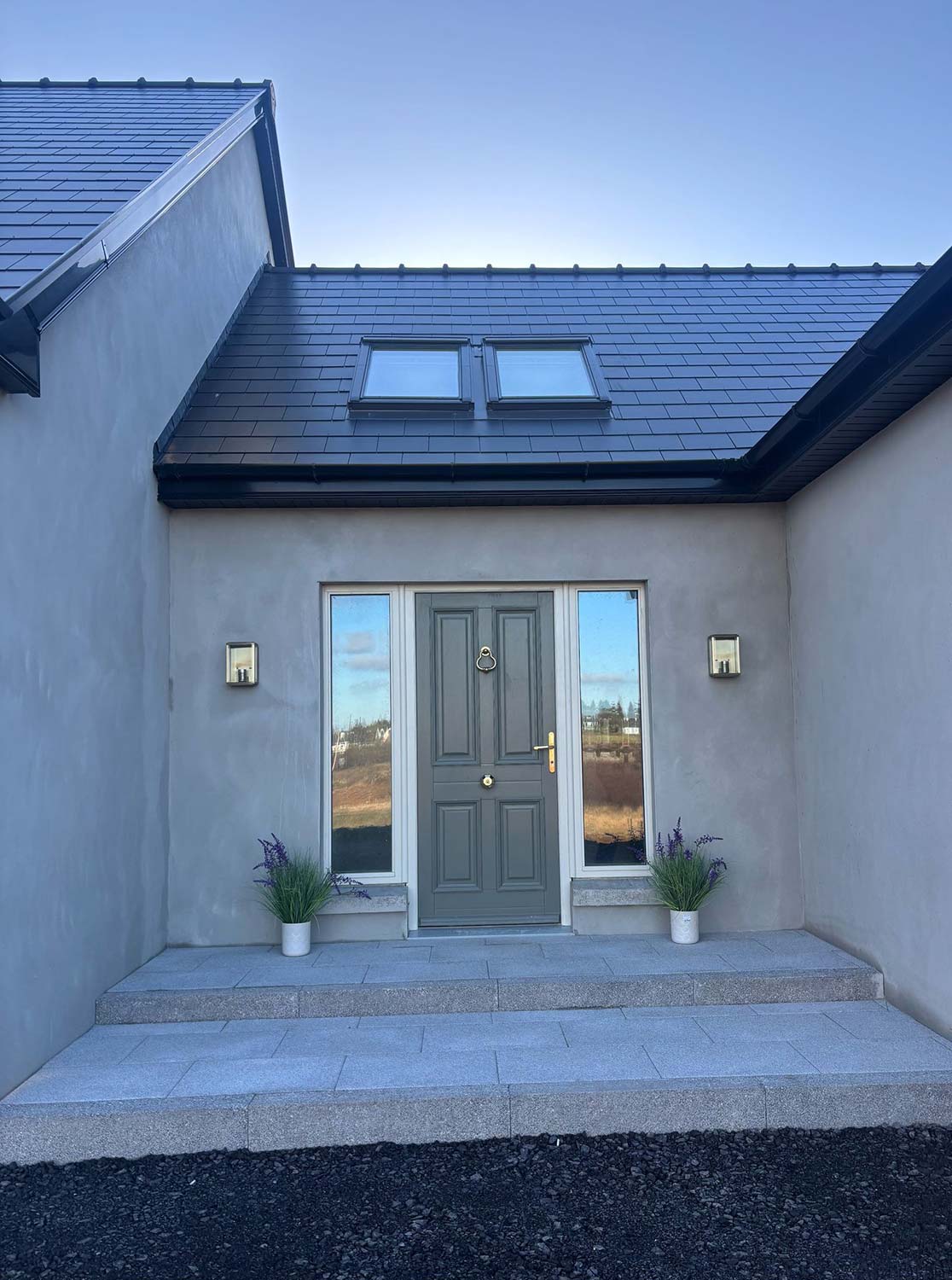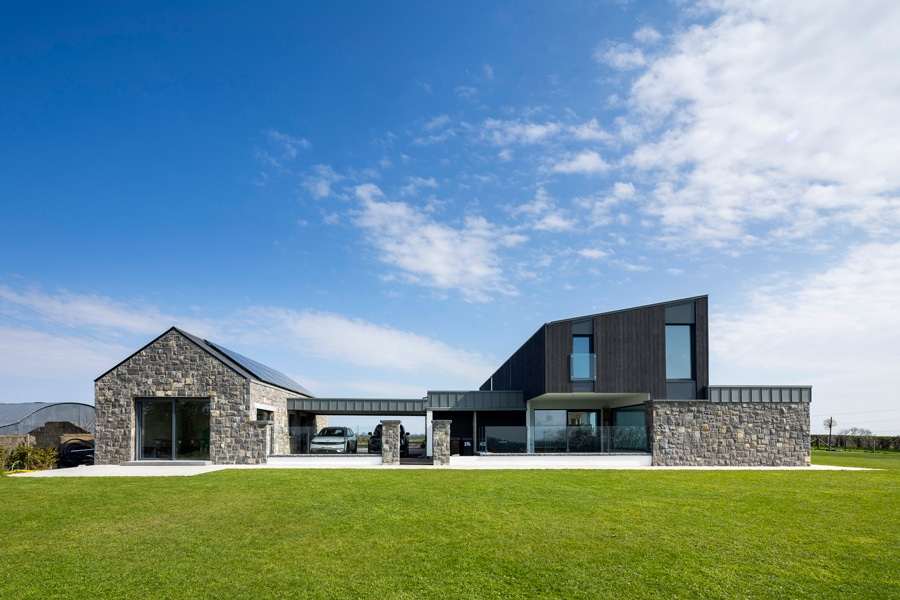Know when to spend to save and where you can cost engineer the fitout, room by room.
In this article we cover:
- How much does it cost to fit out a house, on top of building costs?
- Where to save in the kitchen
- Where to save in the bathroom
- Where to save in the living room
- Where to save in the bedroom
- Where to save in the offer
- Low cost hacks
- Inspiration images
Interior designers aren’t just there to advise you on what layouts will work and where to place furniture, they’ve also got a role in helping you avoid mistakes and make savings.
The consensus seems to be that when it comes to furniture, base items such as sofas and beds are worth investing in as they’ll form the foundations of your home. “Do it once and do it right,” says interior designer Ali Kirby.
Here’s Ali’s breakdown of where to spend and save when decorating, room by room.
In the kitchen
Because you’re in your kitchen and your living area for most of the day, and it’s what your guests will see, Ali Kirby says she always focuses the budget there.
A good quality stone countertop is the first thing that she recommends spending a significant sum on. “It elevates the kitchen,” she says. “A beautiful countertop transforms an average, mid level priced kitchen.”
Next, spend on a statement light fixture, such as an elegant pendant to suspend over the dining table or the island unit.
The floor and backsplash tiles also demand considerable investment. “Tiles make any room,” Ali says. Shop around to find the colourway and aesthetic that complements your kitchen.
Everything you source should meet a high standard of quality and craftsmanship, as buying cheap, flimsy fixtures will end up costing more in the long run.
However, savings can be made when sourcing kitchen cabinets. Mid-level cabinetry purchased from kitchen suppliers can be transformed with beautiful handles and knobs, Ali explains.
And if you’re not a keen cook, don’t spend a fortune on the
latest culinary gadgets. “There are loads of really good quality cookers, fridges and dishwashers that are mid to high price,” Ali says. “They don’t have to be the highest spec.”
In the bathroom
To save money on your bathroom, overlook uber expensive, state of the art bathtubs, sinks and toilets in stores and showrooms. Instead, opt for a high quality, mid-range alternative.
Spotlights or wall lights can be entry to mid-level in price too. The one caveat is that these light fixtures must be suitable for the damp environment, Ali says.
Where should you splash out? Spend money on a shower and showerhead that is guaranteed to deliver strong water pressure, Ali recommends.
Next, invest in a handsome set of taps for your sink. It pays to spend extra on the “things that you’re touching every day”, Ali says. Striking bathroom tiles and items that are both functional and stylish, such as mirrors with hidden storage or LED sensor lighting, are also worth spending extra on.
How much does it cost to fit out a house?
Furnishing and decorating an empty two bedroom house entirely with high end furniture and finishings, including the kitchen, bathrooms and wall and floor finishes, could cost an estimated €200,000 (£166,240) to €250,000 (£207,800), says Ali Kirby.
That same house with a considered mix of high end and mid-range furnishings, prioritising spending where it matters most, could reduce the budget by nearly 50 per cent, bringing it down to an estimated €90,000 (£74,800) to €120,000 (£99,700).
In the living room
Spare no expense on a sofa that’s high quality and comfortable. “It’s the big ticket item,” Ali says.
Parents of young children and pet owners will benefit from buying a sofa made from a washable
and durable fabric. “Don’t choose a cream bouclé sofa and spend a grand on it… it’s going to get destroyed,” Ali says.
“Work within realistic living parameters. Invest in a good fabric that is going to be wipeable and
cleanable.” Doing this will guarantee you’ll have the sofa “for a very, very long time”, she says.
Next in the spotlight is lighting. Ali often mixes striking designer light fixtures with more affordable aesthetic pieces. “If the budget is tight, have one lamp that you splurge on,” she advises “It’ll just elevate the whole space.”
Textiles needn’t cost the earth, however. “Save money on some of the soft finishings because they will get replaced over time,” Ali says. Numerous cost effective brands stock elegant rugs, throws and cushions at accessible prices, she adds. High quality, readymade curtains, rather than
the custom made variety, can help preserve the budget.
The trick is to “keep the colour scheme, walls and flooring relatively neutral and then you can just change up your cushions and your rugs and your throws”, Ali says.
If your budget allows, commission a carpenter to craft bespoke, built-in storage for your
home, interior designer Deirdre O’Connell advises. It will stand the test of time and cleverly conceal clutter. “Quality, solid closed storage is a real winner,” she says.
In the bedroom
Never scrimp on your bed, Ali advises. “Invest in a good bed frame plus a good mattress.”
Spend money on superior bed linen too. “If you can get really nice organic cotton sheets, I would,” Ali says. Well made blackout blinds or lined curtains are another essential for a good night’s sleep.
Rugs and throws, on the other hand, can be sourced from more cost effective brands. “Choose
soft colours,” Ali advises. “Keep things calm and comfortable in the bedrooms.”
In the home office
Put money into an office chair that’s specially designed to offer back support. “There are chairs
out there that are ergonomically sound but also really stylish,” Ali says. To prevent eye strain and
enhance the room’s atmosphere, allocate funds to a good desk lamp.
Desks, meanwhile, can be more economical. “As long as the desk is sturdy, you don’t need to spend a fortune on it,” Ali says. Greenery from local botanical suppliers and a patchwork of mid-range soft furnishings are affordable finishing touches.
Low cost hacks
A lick of paint: Cut back on your spending by refreshing old doors and wooden furniture with fresh paint. Sand and prime the piece before painting. Social media is filled with helpful tutorials on the subject. To ensure you don’t spend more than you need on vats of wall paint, use an online paint calculator to calculate the exact volume you require.
Give yourself time to add the finishing touches: Small, cost effective accents can go a long way in transforming a home. “Rooms look unfinished without a rug or art on the
walls,” Deirdre says. “I come across many people who have unhung pictures and mirrors; just get them up on the walls, it will help.”
Buy secondhand: Deirdre says that secondhand marketplaces such as Done Deal, adverts.ie, GAFF Shop, gumtree.co.uk and Facebook Marketplace are full of amazing secondhand treasures. Or find what members in your local community are giving
away for free, on sites like freecycle.org, or check outyour local charity shops. Car
boot sales and auctions will be advertised locally.

